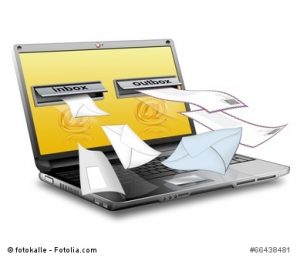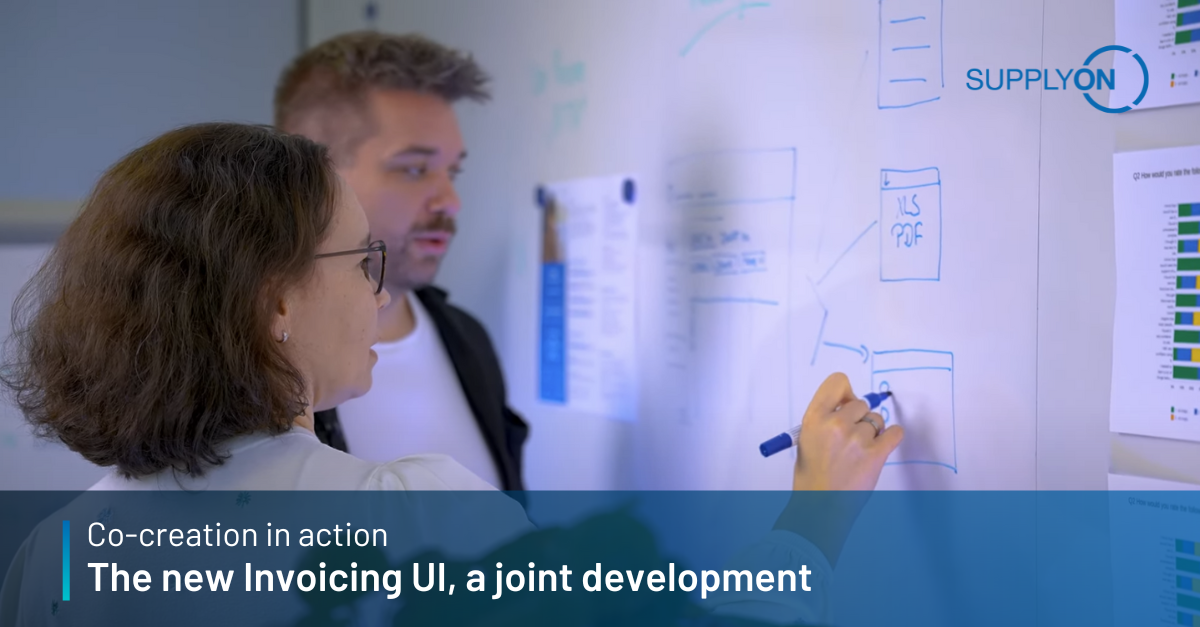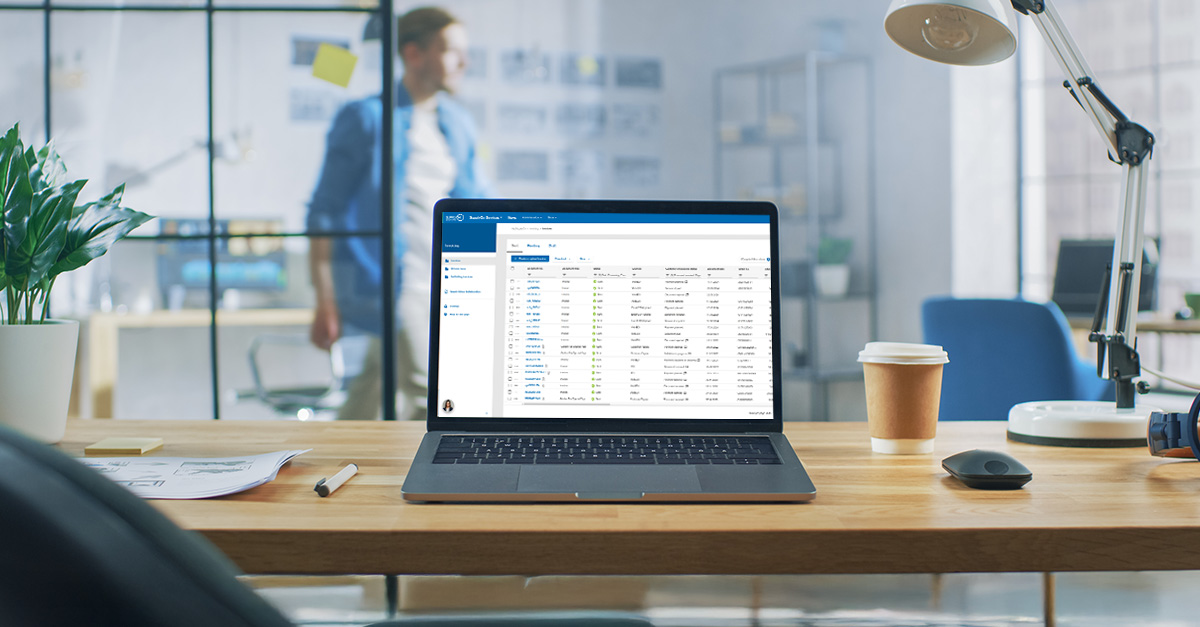e-invoicing begins with the order
![]()
Today, everybody is talking about Industry 4.0 and the digitalization of the supply chain – and yet the majority of invoices are still being sent in paper form or in unstructured formats that cannot easily be computerized.
Many companies wishing to implement an e-invoicing solution focus solely on the invoicing process instead of considering the process as a whole, from order to payment.
Paper orders are isolated, eInvoicing is integration
As banal as it may sound, one of the biggest problems in the invoicing process is that there are still many suppliers who use paper invoices. These have to be checked manually, and quite often they are found to deviate from the details given in the original order. They then have to be rejected.
It is of no use scanning them to obtain them in digital form. The basic problem will remain: they lack a reference to the original order. This must then be created manually, frequently at considerable effort. Moreover, invoices often do not contain the data required to be able to match them quickly and unambiguously. Usually, important information from preceding documents, such as the dispatch notification or incoming goods notification, is also missing.
And yet it could all be so simple: an electronic invoice demonstrably eliminates invoicing errors and considerably expedites the processes of invoice issuing and checking. Experts agree and estimate that savings in process costs of the order of 60 percent are possible!
But how can the e-invoicing process be applied for maximum benefit? Which of the many suppliers on the market are really able to help companies maximise the enormous savings potential? And how can a maximum degree of compliance be ensured in the invoicing process, with a minimum of time and effort?
Some rules for a modern eInvoicing
Conventional e-invoicing solutions often only solve a very small part of the problem. It is important to generate the invoice consistently right from the order. The order data is then updated and enhanced as the order is executed. In this way, the invoice will be based on correct data. 
This has considerable benefits compared to standard electronic invoices: first of all, it ensures an unambiguous reference between the invoice and the order, which not only makes the transaction compliant with tax requirements but also considerably simplifies and expedites the process of checking the invoice. Secondly, it simplifies the invoicing process for the supplier, because the data in the system is enhanced throughout the order and supply process; this data is then available for the invoice with the respective values.
An important factor is that the solution checks the invoice data to make sure it complies with legal requirements and to avoid unnecessary costs caused by formal errors.
Beyond the invoicing process, significant additional benefits can be generated by integrating the requirements process through SupplyOn; this makes the overall material procurement procedure faster, more secure and above all more transparent. The SupplyOn solution is consistently designed as a configurable early warning system, and it directly displays potential problems to all those involved in the process, both on the purchasing side and on the supplier side, in the form of warning messages.
As a result, any deviations in order confirmations can be detected quickly, as can any quantity errors, and expensive custom measures avoided. The supplier can also issue electronic notifications of delivery, complete with packaging information, and he can print out the relevant accompanying labels directly from the solution. This considerably speeds up the incoming goods process and requires less input, since the labels can be scanned and the shipment linked directly to the dispatch notification without the need for any manual entries.
It is also possible to incorporate and optimise the transport process, as transport orders are created intelligently, thus systematically reducing costs, and processes involving freight forwarders can also be conducted electronically. SupplyOn offers a separate solution for this purpose under the name of TOMS (Transport Order Management System), which complements the present system.
SupplyOn e-invoicing offers the following benefits:
- Data validation
The system checks that the data inputted/transmitted is of the correct form. The input data necessary for each field can be defined and configured for each customer and supplier. The invoice is only sent once all the data has been validated. This excludes the possibility of formal errors occurring in the invoicing process. - Data enhancement
The invoice is enhanced with additional content such as a barcode or ID that allows the auditor to unambiguously match it with other documents. - Archival
SupplyOn offers legally compliant archival of the original invoice for both the issuer and the addressee. Alternatively, the supplier may download the original invoice from the e-invoicing application and archive it in his internal system. - National conformity
SupplyOn already covers the legal requirements of many countries throughout the world in the standard version and thus supports the international exchange of invoices. The application is highly flexible and configurable, so any special tax requirements of countries not included as standard can be implemented quickly. - Golden tax
The Chinese state requires advance tax notifications for invoices, referred to as ‘Golden tax’. To expedite the process, SupplyOn provides an invoice management system in which the invoice sum is determined in advance by the supplier and customer. This avoids the considerable administrative effort of having to produce advance notifications retrospectively. - Performance recording
SupplyOn provides a convenient function for use when invoicing services to facilitate the transparent documentation and invoicing of successively performed service deliveries.



